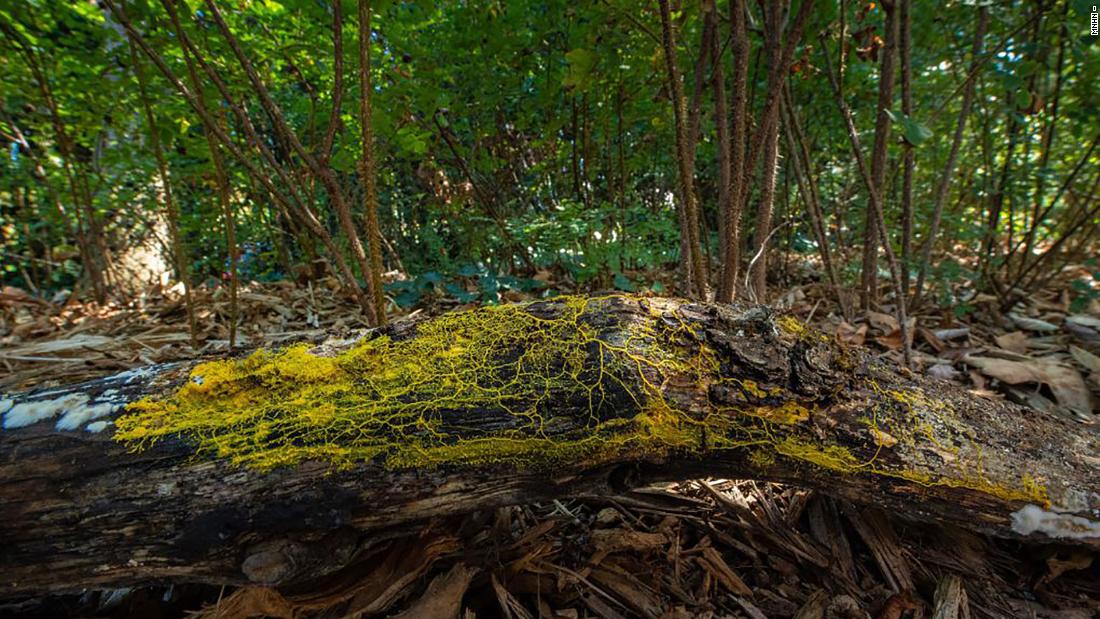The ‘blob’: Paris zoo unveils unusual organism which can heal itself and has 720 sexes

Meet the “blob,” an unusual organism which will go on display to the public on Saturday at the Paris Zoological Park, as part of a first-of-its-kind exhibition intended to showcase its rare abilities. The slime mold, which is known officially as physarum polycephalum (or “the many headed slime”) is neither a plant, an animal or a fungus. It doesn’t have two sexes — male and female — it has 720. And it can also split into different organisms and then fuse back together, according to the a press release from the Zoological Park. The unicellular being is believed to be around a billion years old, but it first came to public’s attention in May 1973, after a Texas woman discovered a rapidly-expanding yellow blob growing in her backyard. With its otherworldly, extraterrestrial appearance, the blob became a brief media sensation, even picking up a mention in the New York Times. The Texas blob died as quickly as it had appeared. The world all but forgot about the peculiar slime until new research published in 2016 discovered it had a form of intelligence.Audrey Dussutour, a biologist at France’s National Center for Scientific Research, managed to teach it to ignore noxious substances, according to a paper she co-authored in the journal Proceedings of the Royal Society Part B. A year later, it was able to remember that behavior, according to her research.It is also capable of solving problems, such as finding the shortest way to exit a labyrinth and anticipating changes in its environment, according to scientific researchers at the Zoological Park. Dwelling on forest floorsScientists initially grew the blob in petri dishes, feeding it oatmeal, its favorite food, according to a video published by the Zoological Park. Once it had reached a certain size, it was grafted onto tree bark — which it feeds on — and placed in a terrarium, where visitors will be able to view it from October 19. “Acacia trees, oak bark and chestnut bark are its favorite places,” said the zoo’s Marlene Itan.The blob is normally found on forest floors in Europe, she added. “It thrives in temperatures oscillating between 19 and 25 degrees Celsius (66 to 77 degrees Fahrenheit) and when humidity levels reach 80% to 100%,” she said. Almost immortal, its only foes are light and drought, according to the zoo’s press release. But it can hibernate during several years when threatened, it added.The blob takes its name from a 1958 cult horror-movie starring Steve McQueen, in which an alien life form takes over a small Pennsylvania town.





